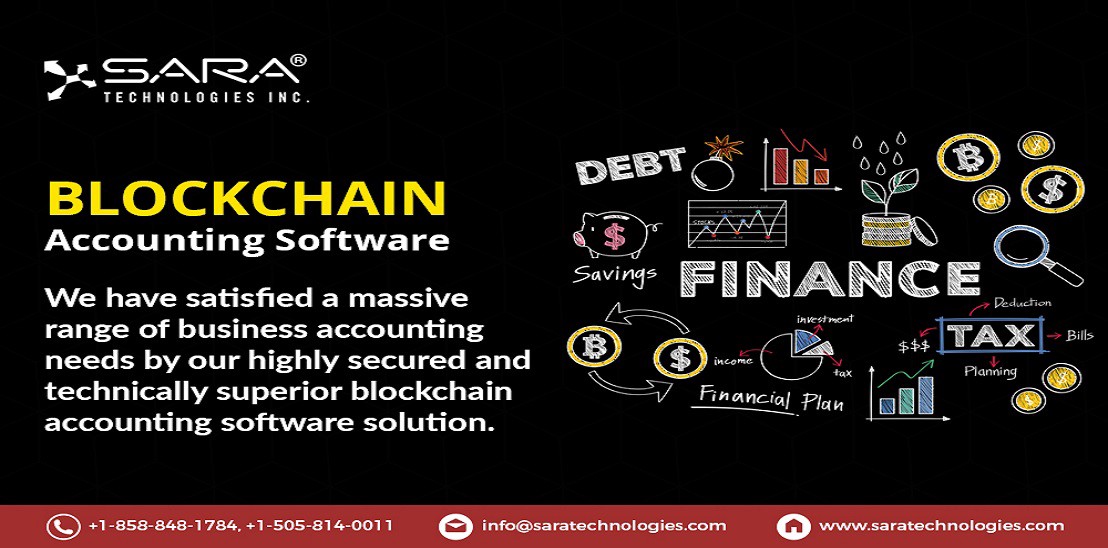With the evolution of human beings over thousands of years, from the stone age to the digital era that we are in right now, we can most certainly state that we have come a long way. Human beings evolve, the technology associated with them also evolves, and so do the financial models over hundreds of years. We are moving from fiat currencies to digital currencies like Bitcoin.
Blockchain and complexities go hand in hand only if your information and understanding about the most accelerating topic are half-baked. You could attend a seminar perhaps even take classes, yet you can walk out of that door wondering what blockchain is? That surely may be our elevator pitch here. The journey to understand what the future looks like by breaking the complexities and try to get a clearer picture of what it is.
Blockchain is the heart of virtual currencies which permanently accounts for transactions between two parties. A blockchain is generally a digital ledger of information recorded in chronological order which is secured and nearly impossible to hack or tamper the information. The name itself suggests the functioning blocks are linked in a way to precisely form a chain that contains information. The most basic explanation can be that blockchain is a technology where a computer file is used to store data just like any other computer files which are then processed by our computers into bits that are understandable and readable by us.
Process and working:
Now let us discuss how the process of the blockchain works.The block mainly consists of three important elements that are:
- Data
- Nonce
- Hash.
The blocks are data structured holding transactions.The nonce is the abbreviation of a number used only once.It is a random whole number whose value is adjusted by the miners. The nonce is then permanently wedded to the hash. The hash is a one-way function that converts letters and numbers of arbitrary size into fixed-size with encryption.
Now the process of mining involves miners validating the accuracy and transparency of the transaction before uploading it to the global public ledger.Whenever a new transaction is entered it is then transmitted to a network of computers distributed across the globe. The network of computers then solves the equation to check the rationality of the transaction. Once the transaction is complete these blocks are chained to maintain the transactions permanently without any hassle. Once the information is proven to be legitimate transactions they are converted into blocks. But no one computer can own the chain, they are distributed digital ledgers in the form of nodes. Nodes are the foundation and before finalizing a block the nodes validate the transaction.
The dilemma of having a shared computer accessible to anyone, having a single source of truth, and workflow involving various parties but the single system is now disrupted successfully with blockchain. The level of transparency has brought us tremendous and something which holds greater scope to grow in the nearing future.




